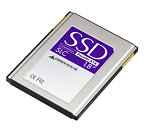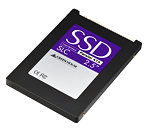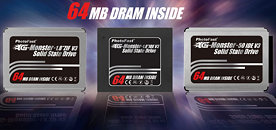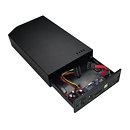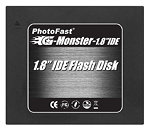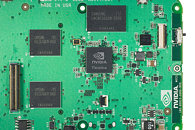Green-House Expands SSD Lineup with New IDE Drives
Japanese manufacturer Green-House recently announced lines of internal and portable SSDs. The company now announced two new IDE SSDs, in 1.8 and 2.5 inch form-factors. Both the 1.8 inch GH-SSDxxGP-1yA and 2.5 inch GH-SSDxxGP-2yA (where "x" is the capacity amount in GB, "y" being S or M, denoting SLC or MLC NAND flash type respectively) use the aging parallel ATA interface, and come in capacities of 16, 32, 64, and 128 GB.
The 1.8 inch drive's SLC variant offers read/write speeds of 65/55 MBps, while its MLC variant offers speeds of 60/35 MBps. The speeds of the 2.5 inch drive shows a simlar trend. The SLC variant provides speeds of 70/60 MBps, with the MLC variant trailing it at 60/40 MBps. While the 1.8 inch drive uses a ZIF ATA interface, the 2.5 inch drive has a standard 44-pin IDE interface. Sales will begin soon in Japan. While not exactly making a mark with its speeds, the SSDs could use durability and low access-times as their selling points for aging notebooks with the older interface.
The 1.8 inch drive's SLC variant offers read/write speeds of 65/55 MBps, while its MLC variant offers speeds of 60/35 MBps. The speeds of the 2.5 inch drive shows a simlar trend. The SLC variant provides speeds of 70/60 MBps, with the MLC variant trailing it at 60/40 MBps. While the 1.8 inch drive uses a ZIF ATA interface, the 2.5 inch drive has a standard 44-pin IDE interface. Sales will begin soon in Japan. While not exactly making a mark with its speeds, the SSDs could use durability and low access-times as their selling points for aging notebooks with the older interface.
